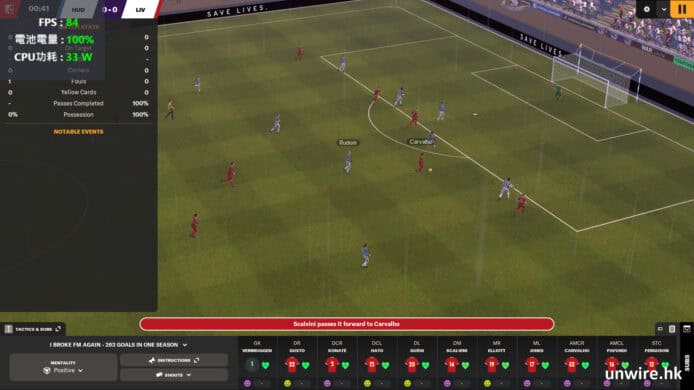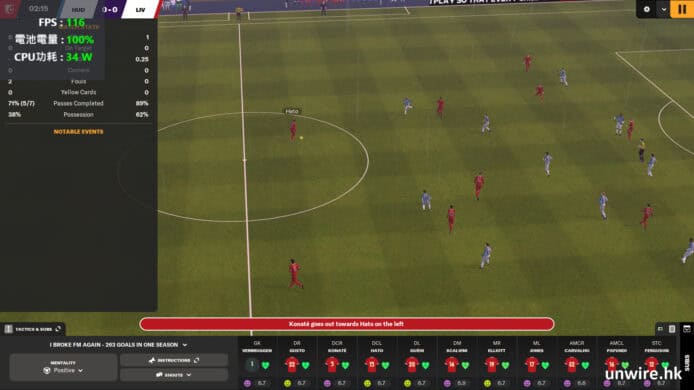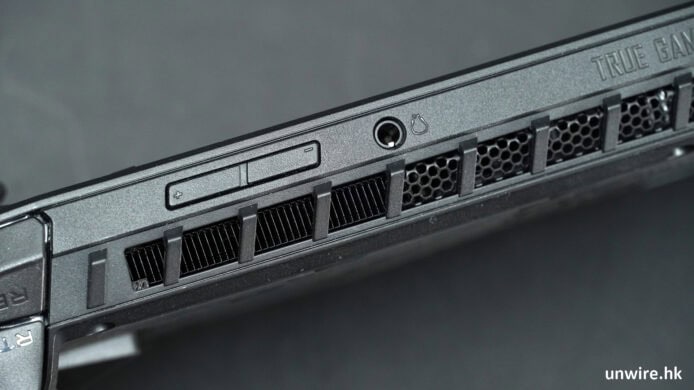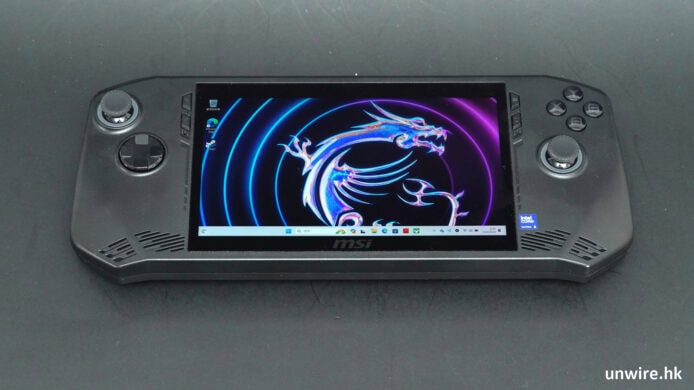When Ryan initially asked me to write a roundup of the year’s news on CPUs, I laughed. There has been a lot going on this year, from processor releases and reviews, to security issues, to discussions about the next few years of computing. However a couple of weeks ago I wrote a script to pull every AnandTech article out of our archive to filter into my own database for analysis. It turns out that the AT staff between us have written just shy of 200 news articles and longer format reviews about CPUs this year, and here are the highlights.
When discussing CPUs, at least the desktop market, our attention focuses to two companies in particular: Intel and AMD.
January: Security and CESThe start of the year typically begins with the big CES trade show in Las Vegas, but before we event got to that point, news broke about two new classifications of vulnerabilities affecting most modern processors:Spectre and Meltdown. This was significant as these two names signified a new family of microarchitectural vulnerabilities derived from the base design of modern processors, exploiting some of the tricks used for how we get a lot of speedup in common day-to-day tasks. The news broke about a week earlier than the companies intended (part of the term responsible disclosure), but the big players having around six month’s notice to put forward fixes after Google’s Project Zero first discovered them in 2017. These vulnerabilities were a common thread through 2018 (and still are today), ascompanies put forward a mix of software and firmware fixes for hardware in the wild, built security assurance teams , and put research towards hardware fixes for future products. Essentially every high-performance processor ever made Intel , AMD , ARM , and POWER is thought to be vulnerable at some level, and every major company made official statements on the issue. Software and firmware fixes for several generations of processors came out through 2018 , and new products that block ‘some’ of these attacks came out in thelatter stage of 2018,although 2019 is where it gets more serious. Some of these fixes causeperformance regression in certain tasks, mostly enterprise based, however this is a topic that will also be at the forefront of every 2019-2020 CPU launch.

Not to be outdone by security news, the CES trade show was one of our busiest ever. AMD kicked off proceedings with a full day of discussions, keynotes, and disclosures . The key to AMD’s presentation is that the new Zen microarchitecture products, Ryzen and EPYC, were paving the way for the future. In the presentations, AMD presented roadmaps for product launches in 2018, includingnew APUs, a new range of desktop processors on 12nm with Zen+ updates , second generation Threadripper on the high end, and a push towards 7nm Vega GPUs at the end of the year. This was a very well put together presentation from AMD, showing that they have roadmaps and they are willing to commit. On top of this, AMD reiterated its long term roadmap on CPU and GPU technologies, going through 2020.

One key highlight here was our interview with AMD’s CEO, Dr. Lisa Su , on how AMD is set to approach its new era.
Intel had itsusual keynote at CES, hosted by now former CEO Brian Krzanich, which addressed the security issues briefly, spoke mostly about drones and connecting people, but made no mention of the company’s progress on its next generation process technology at 10nm. Instead, the company mentioned 10nm very briefly at the end of a small 9 minute presentation at the Intel booth the next morning, at 8am, through Gregory Bryant, the SVP of the Client Computing Group. The news wasn’t that great: Intel confirmed it had shipped 10nm in 2017 for revenue. It was literally that short of a sentence. No word on how the technology was progressing, or any future timelines.

There was some upside for Intel in January however. The company launched its best performing integrated graphics solution ever: the Core with Radeon RX Vega Graphics set of SoCs. These processors took quad-core mobile chips and paired them with a custom Polaris graphics solution from AMD all on the same processor package. The graphics chip was connected with Intel’s EMIB technology to a stack of HBM2 memory, keeping the package small. The offerings ranged from 65W to 100W TDP, and the goal here was to provide something just below discrete graphics solutions in a thin and light form factor. We saw theHP Spectre x360 andDell XPS 15 both updated with these options, as well as aHades Canyon NUC, aChuwi HiGame mini-PC, and aDell Precision device later in the year.
February: Visiting GlobalFoundriesTransitioning from January to February is usually a slow time in the industry as Chinese New Year sets in. Depending on the company, this can be anything from a one week break to a three week break, so we don’t tend to see many product launches at the end of January/beginning of February unless the factories have enough stock, or the fabs chain doesn’t involve China.
Intel kicked off the month with a reactionary measure to the Spectre and Meltdown issues by formally announcing the creation of the























